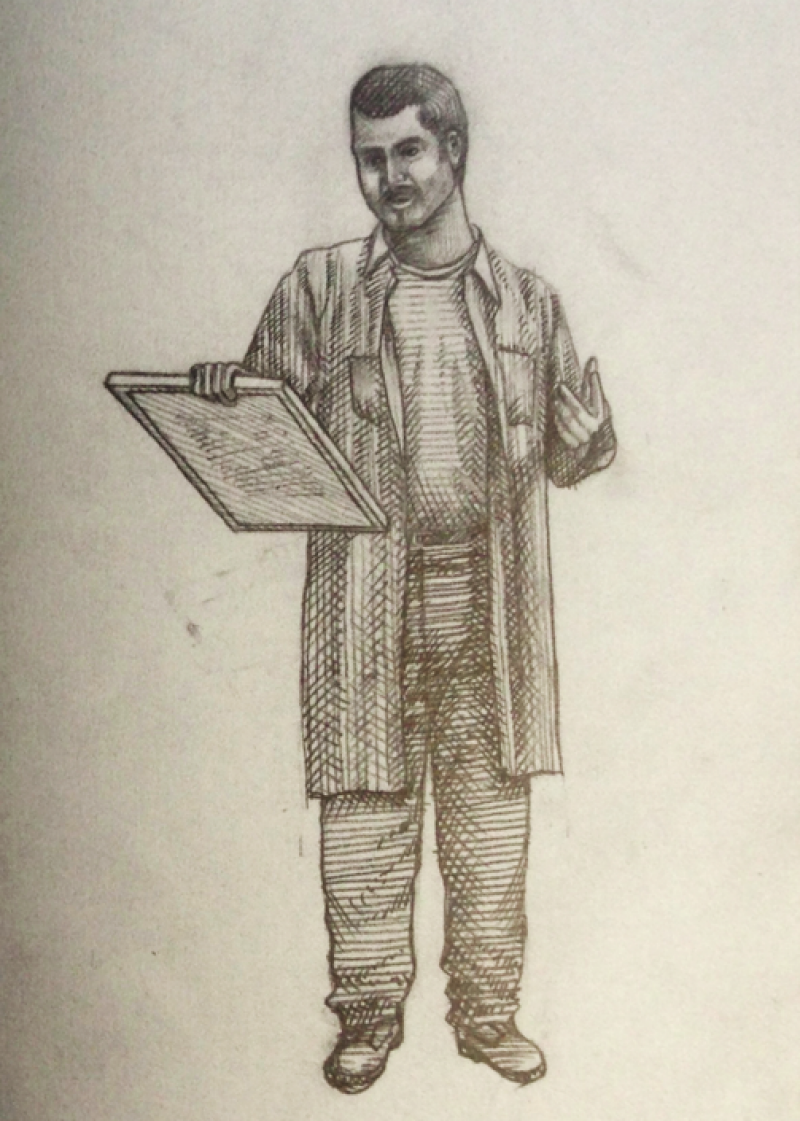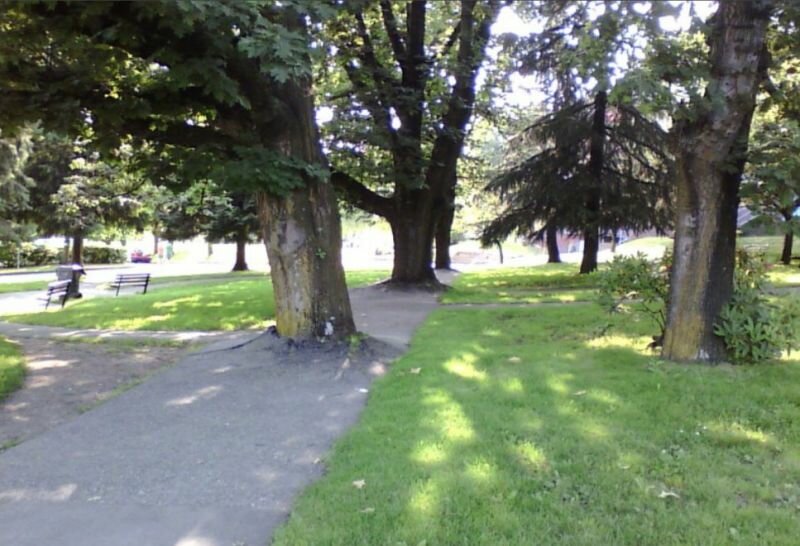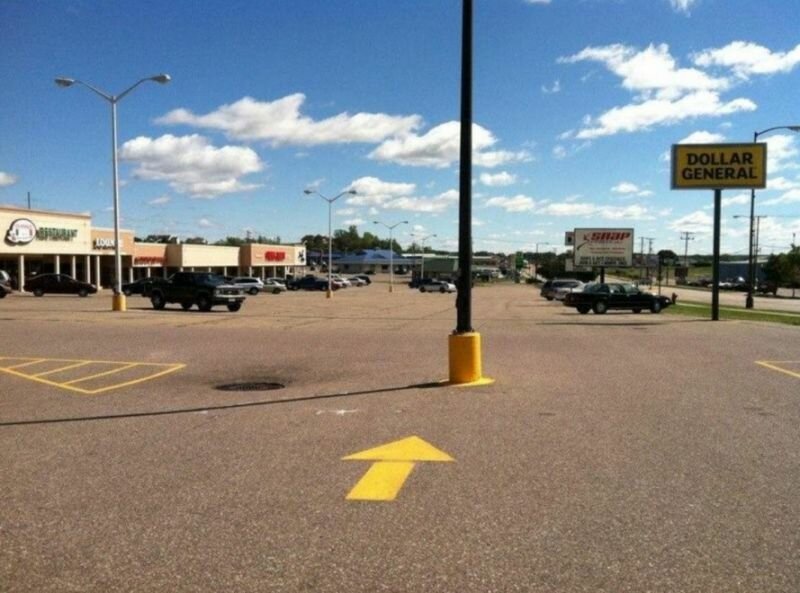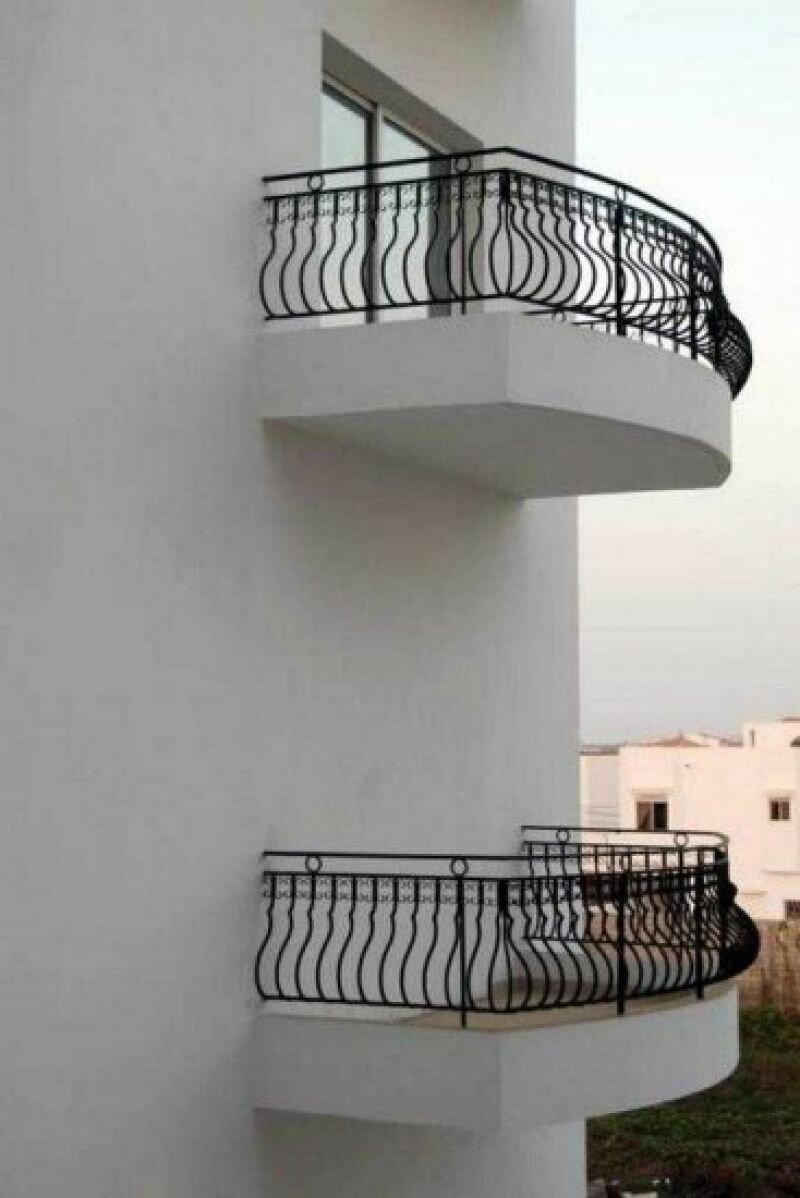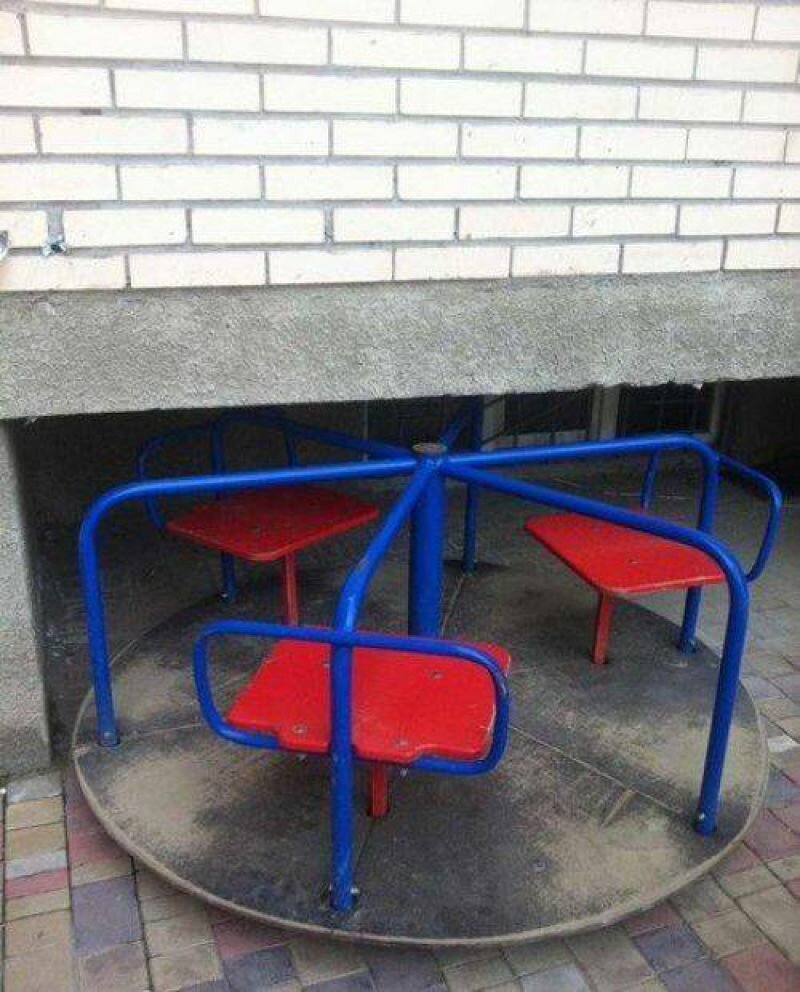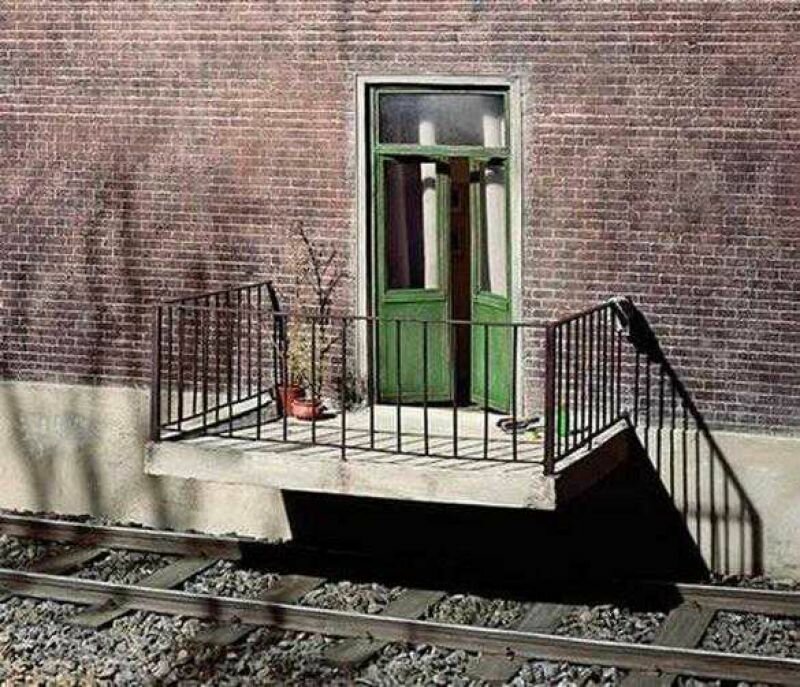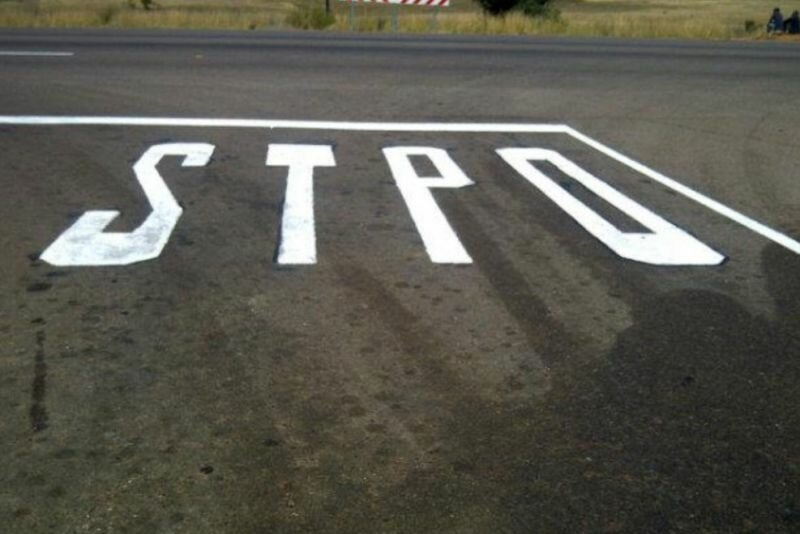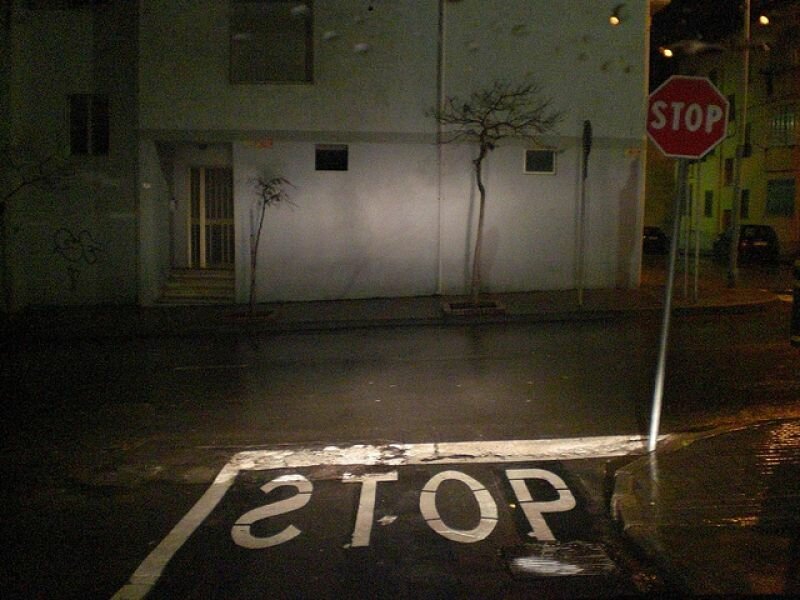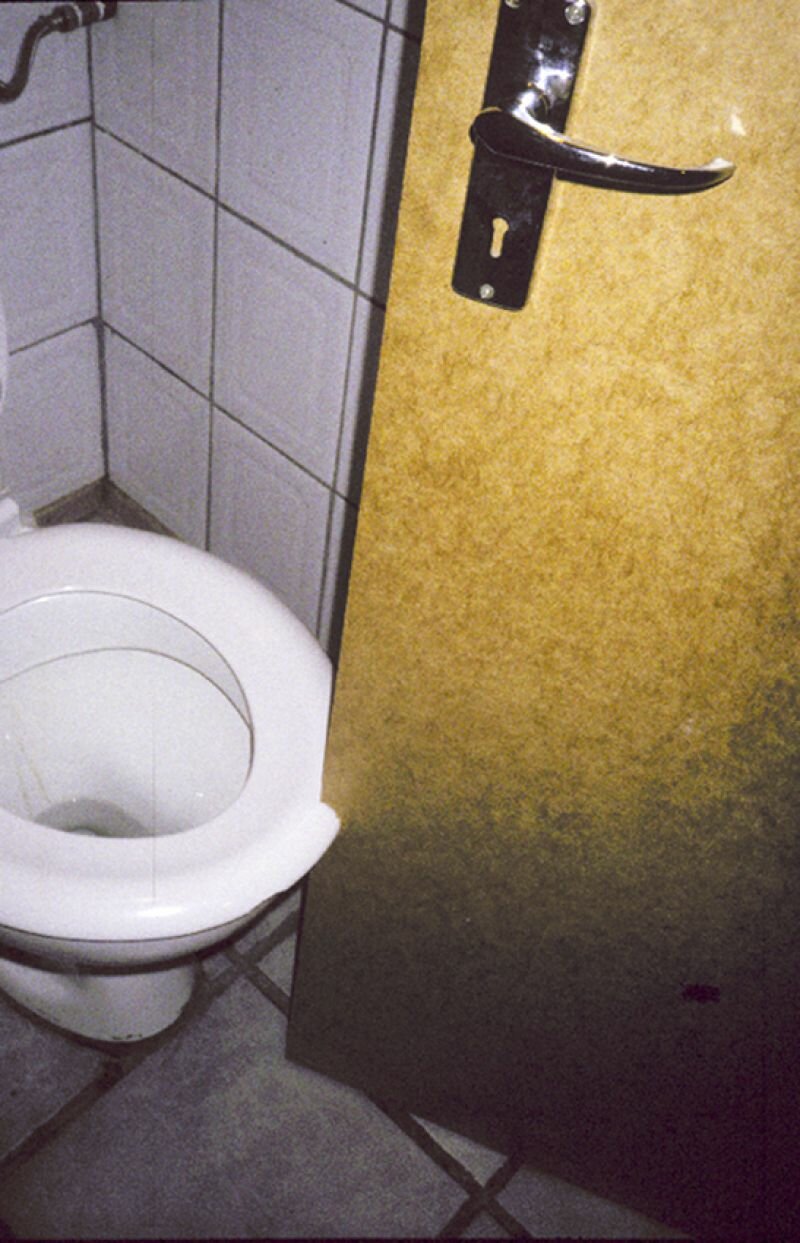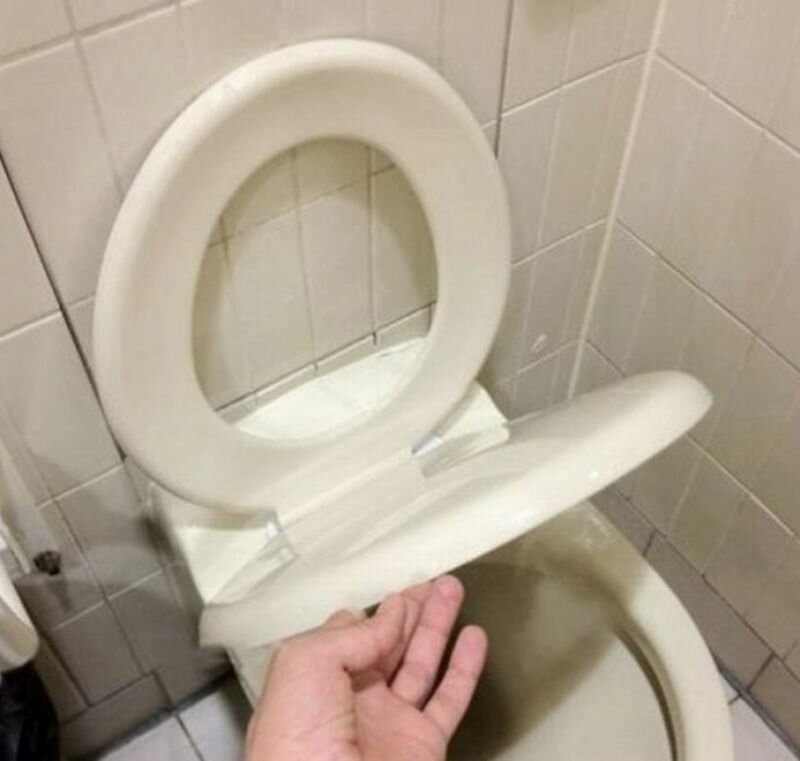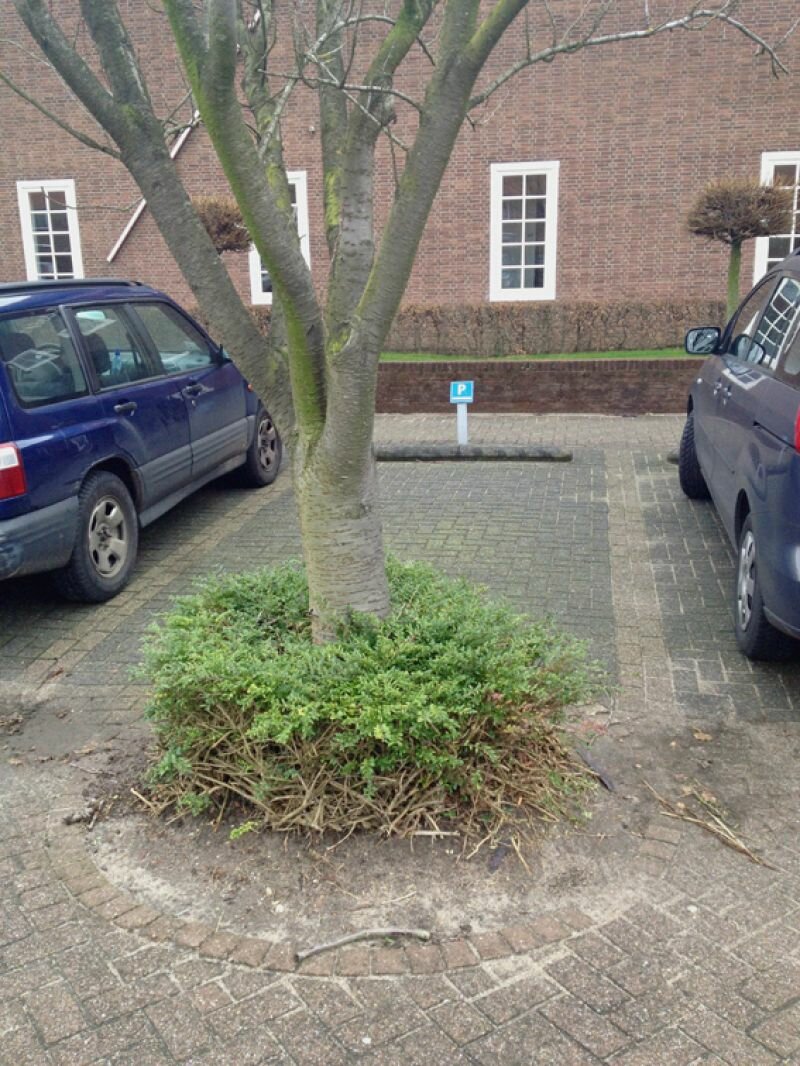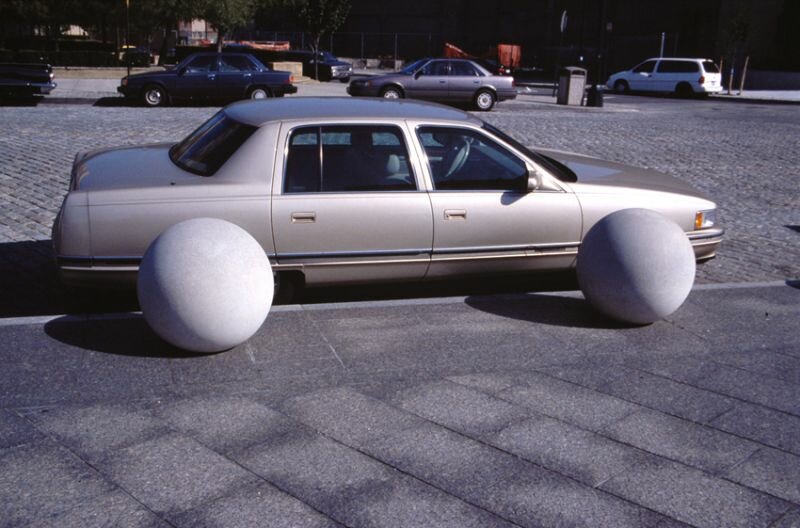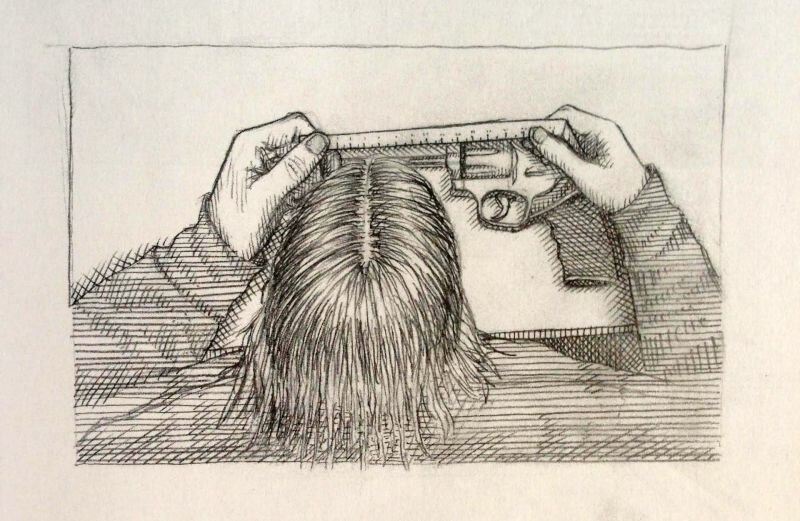
Visual artist Jorge Sattore speaks about his project, National Balloon.
In 1971, Chris Burden performed a work in which he asked his friend to shoot him in the arm.
March 4th 1980. At a festival in Florence, Chris Burden performs another work, “Show the Hole.” True to these words, Burden shows his scarred arm to 300 art students, in sessions of one minute per person.
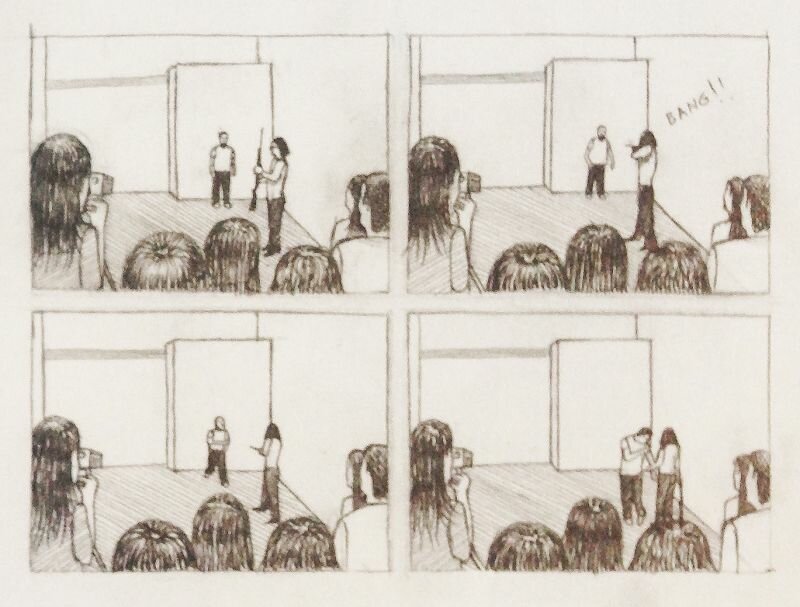
Jorge Sattore: “’Shoot,’ performed by Chris Burden 35 years ago has always fascinated me. But what’s fascinated me even more is how ‘Shoot’ was contextualised within the art world. The many stories, documentation, and articles have given the work a mass amount of attention. But the image of what happened at the moment of the performance keeps shifting. These filtered bits of information create a new image of the work within the viewer’s imagination, time and time again. Burden refers to these viewers in relationship to his work as, ‘the first and secondary audience.’ With this, he differentiates between the position of those viewers present during the actual performance and the viewers who only know the work through stories, images, or text.
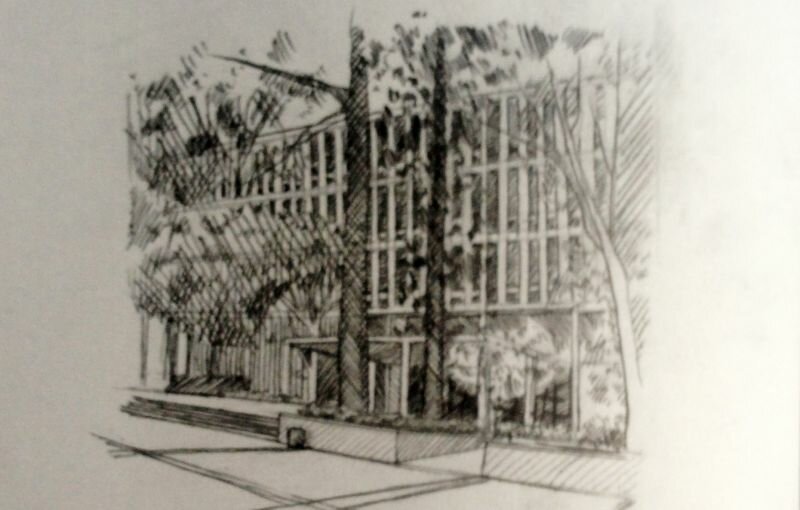
My trip to LA began with the goal to break from my position as ‘secondary audience’ and to somehow become a first hand witness to ‘Shoot.’ In order to realise this, I wanted to meet with Chris in LA. It was tough. What I thought would be the most important moment of the project turned out to be a fruitless endeavour. Burden is tired of the attention the performance keeps getting.
Just as I had decided to pay a visit to his home my friend told me of a young couple who called at Burden’s door. As Burden opens the door, the visitor shoots his girlfriend in the arm. Throughout the years, many such incidents have occurred in which students and artists perform their own version of ‘Shoot,’ some of which match the violence of its original. For Burden, I’m just one of many. And each attempt to try to bring the matter up with him proves abortive. Even Burden’s friends are impossible to reach or refuse to co-operate.
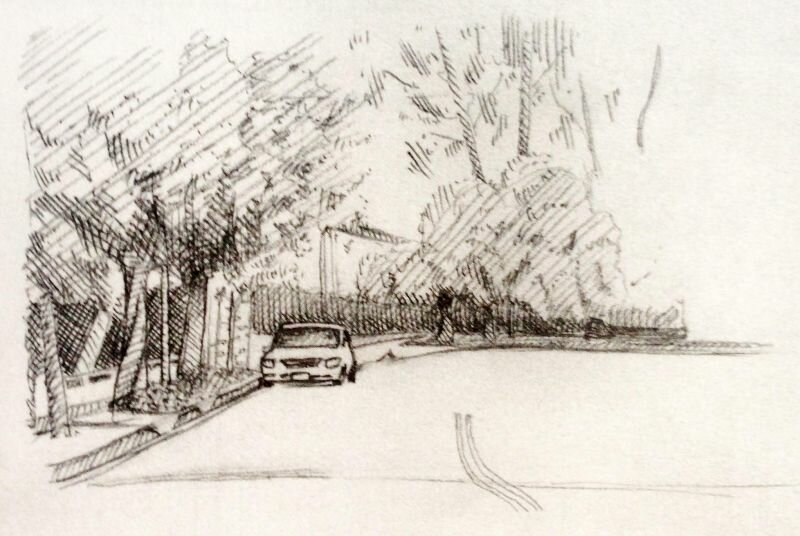
I started looking for the location of the performance, exhibition space F-Space. Every contact with the institution became part of a lengthy bureaucratic procedure. They didn’t seem to understand my purpose, and why should they co-operate?
My stay in LA ended up consisting of endless hours driving through the city, brief encounters, short conversations, and visiting places. Without having realised it, all these moments became part of my experience of ‘Shoot.’ I was continuously confronted with the question of how I could contextualise the work within my own practice. When the goal to my trip established itself as unattainable, it was difficult to know whether all was lost within a grand failure, or if there was still sense to my endeavour,
My desire for the position of first viewer that I’d felt so strongly about had changed. The mystery had disappeared. The failure to meet Burden and the impossibility of making contact turned out to be prerequisites for allowing something new and unexpected to enter the stage. I understood that to truly err within this project would be to fail to acknowledge this.
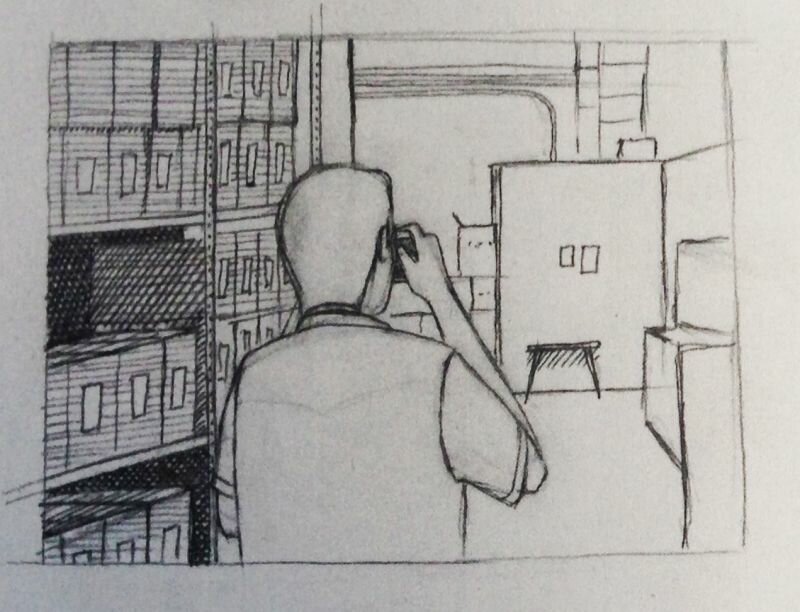
I decided to, from memory, draw the experiences I encountered during this trip: a combination of situations, persons, conversations and locations. I let go of a linear representation of time and place, and let them fade to a setting in which impressions, fact, and stories crossed one another. This became my working method. In this fictional representation of reality I leave the viewer to fill the gaps in what I omit. In a way, this mechanism in ‘National Balloon’ is precisely what I attempted to dismantle in ‘Shoot.’
